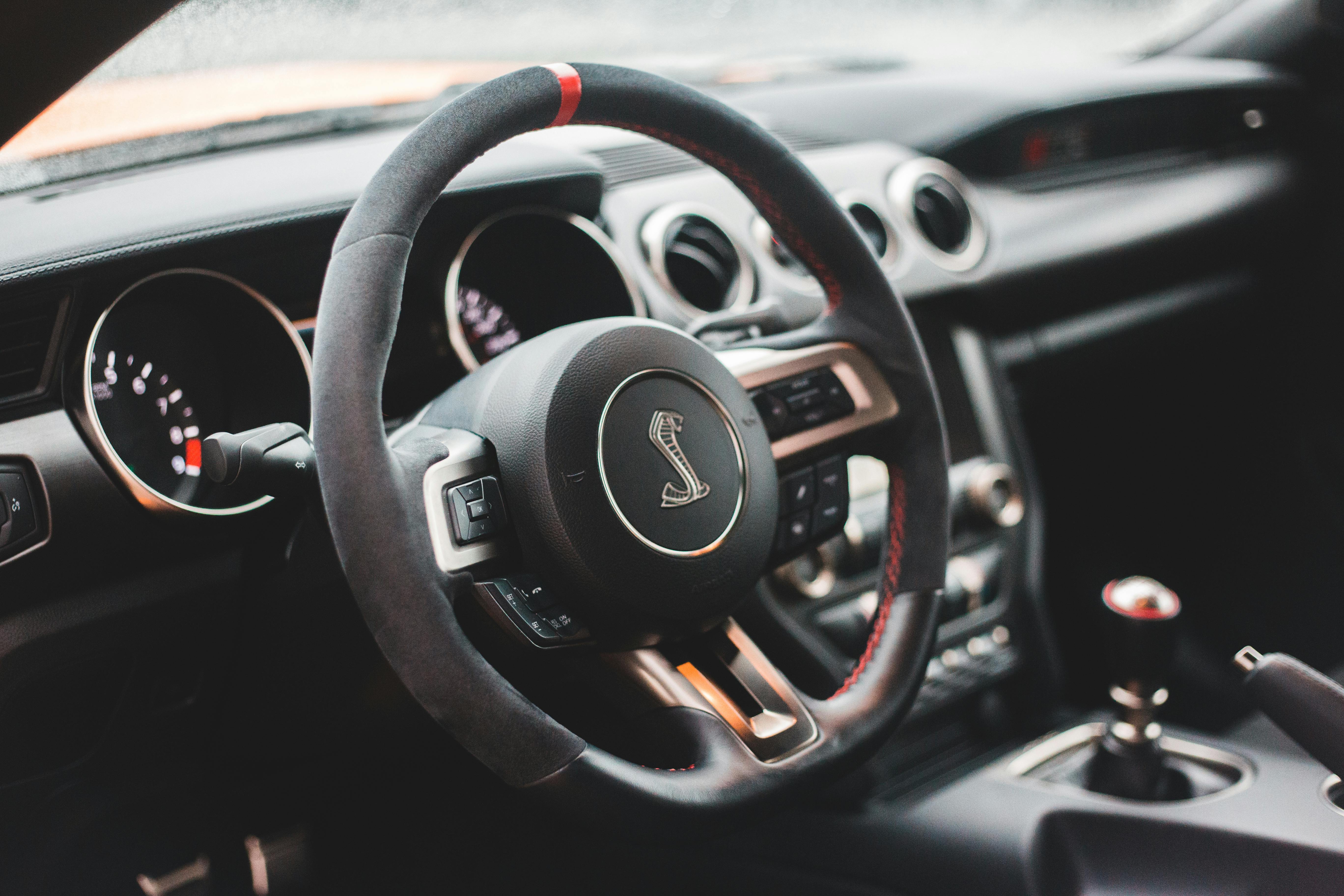Our vehicles were traveling on the Palaly road, my usual route on school days, which links the city of Jaffna and the Palaly airport. The German students stared at the surroundings.
We were passing the junction where once thirteen Sri Lankan soldiers were killed in an LTTE ambush and the event thereafter erupted into horrific violence in the south of the island where at least thousands of Tamils were massacred by the mob enraged in 1983 and converted the ethnic group. crisis into one of international importance. Sri Lanka also became one of the harshest examples in the world where the lack of a political system to harmoniously govern the different ethnic, religious and linguistic groups led to chaos.
The colonial forces that united different political-cultural territories and peoples failed to create an adequate political system when they abandoned their colonies and left us disorder and chaos.
Our vehicles were moving near Kondavil, a quiet town on the peninsula where my family had been there for over a decade.
Once, at the beginning of the war, in the early eighties, some friends were talking under a big shady tree. When a jeep turned at the intersection a hundred meters away and came towards us, the speed we showed in panic to escape was a mute witness to the horror of war and the terror we lived through then.
One day, in the middle of the war in the late eighties, we were all very puzzled by the fast supersonic planes circling over the peninsula in the sky. We wondered which country had entered the sky and we wondered if it was India, China or the United States. While we were in very anxious speculation, we had seen a number of cargo planes in the sky dropping cargo assisted by parachutes throughout the Peninsula. We soon realized what was happening.
The Indian government had sent the message to the then Sri Lankan government to stop its operation in the Peninsula.
The military offensive had caused hundreds of civilian casualties on the Peninsula. India initially shipped the food and medicine by sea but was prevented by the Sri Lankan government. This gave rise to the so-called “Operation Garland” that we had seen on the Peninsula on June 4, 1987; the airdrop of 24 tons of relief supplies by five Russian AN-32 Antanov cargo planes escorted by four French Mirage 2000H Supersonic fighter jets.
Later, Rajiv Gandhi, the then Indian Prime Minister, visited Sri Lanka and signed the Indo-Lanka Agreement on July 29, 1987 with then Sri Lankan President JR Jayewardene. Immediately after the announcement of the Agreement through the media, we had seen the superiority of India in the region by the flight of large Jets over the sky towards Palaly airport.
The LTTE leader was airlifted from India to the Jaffna peninsula.
The Sri Lankan army arrested senior members of the LTTE in the shallow seas of the Bay of Bengal. When they were forcibly taken to Colombo for investigation, they ingested cyanide and died instantly.
Over the Jaffna peninsula, the clouds of war began to loom once more. The LTTE blamed the Indian forces for the deaths of their cadres and began attacking the Indian troops. Indian troops also began to attack en masse. Diplomacy was at its lowest point.
The IPKF began its operations, codenamed ‘Operation Pawan’ on the night of October 11, 1987 in the Peninsula against the LTTE. The Indian army began to advance towards the LTTE controlled Jaffna fort from all directions from Palay airport and other areas.
Soviet BMP-1 infantry fighting vehicles and Soviet-designed T-72 main battle tanks rolled over heavily mined Palaly Road.
The LTTE used snipers from buildings, treetops and even coconut palms equipped with powerful telescopic infrared sights which inflicted heavy casualties on the IPKF.
Events moved like a Hollywood action thriller.
People were fleeing the heart of the peninsula, leaving Palaly Road and other main roads for inland areas. My mother, brother and sisters fled to the nearby small islands. I was left alone with my sick grandmother and the poultry, which I raised as a hobby and for my out-of-pocket expenses. As I hauled the poultry behind my grandmother, artillery shells rained down everywhere and burst like thunder.
I had barely seen people on the streets on my way. Even I couldn’t see the dogs on the streets. The broken branches of the trees caused by the artillery bombardment, marked the streets. The exploding shells sometimes deafened my ears as I rode the bike and I thought it might have ended in disaster soon enough. But luckily nothing happened and I escaped from the shooting range. I managed to sell the birds to a farm and joined my grandmother.
The old events were like yesterday rolling in the mind as our vehicles moved on Palaly Road.
